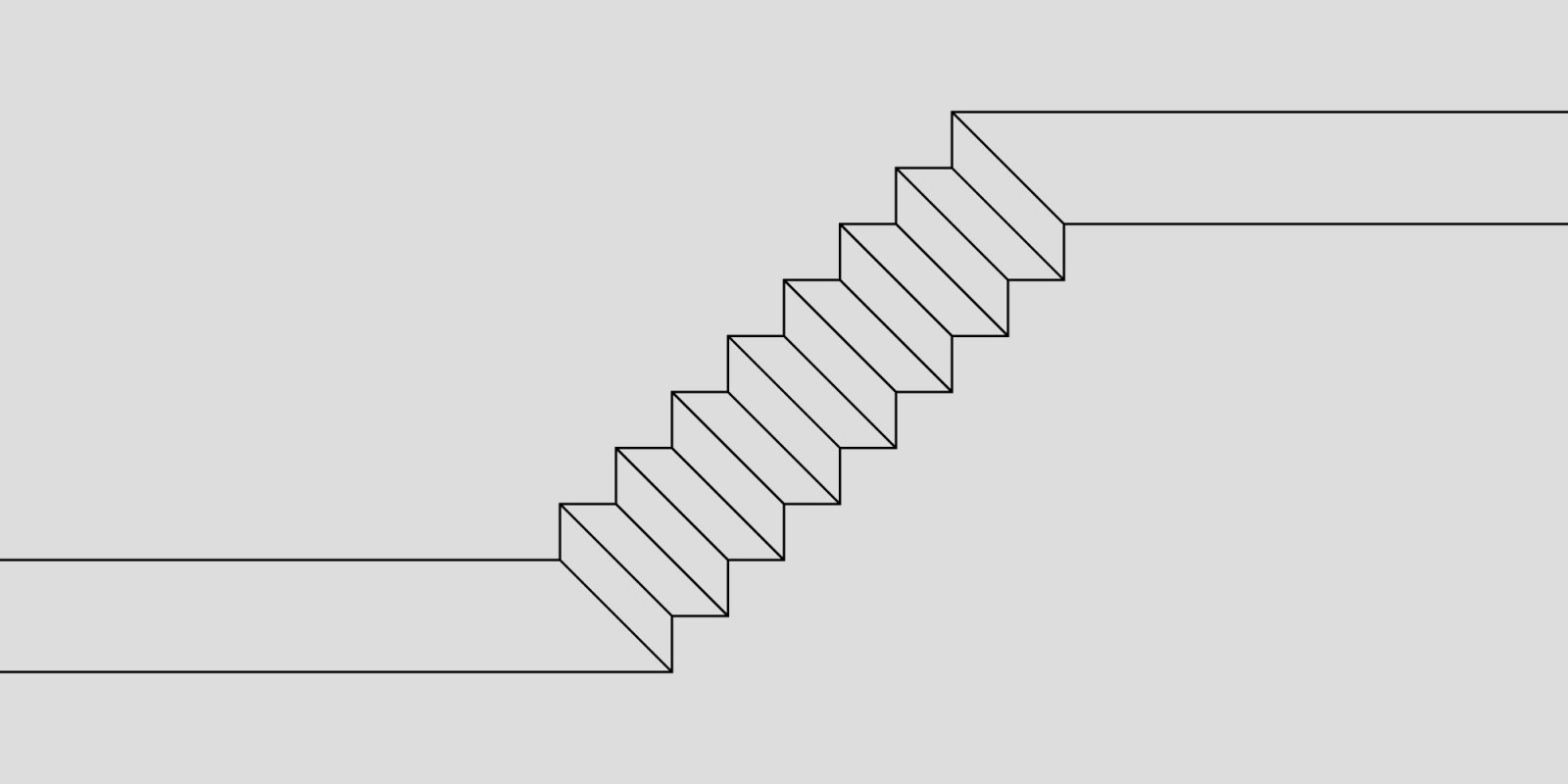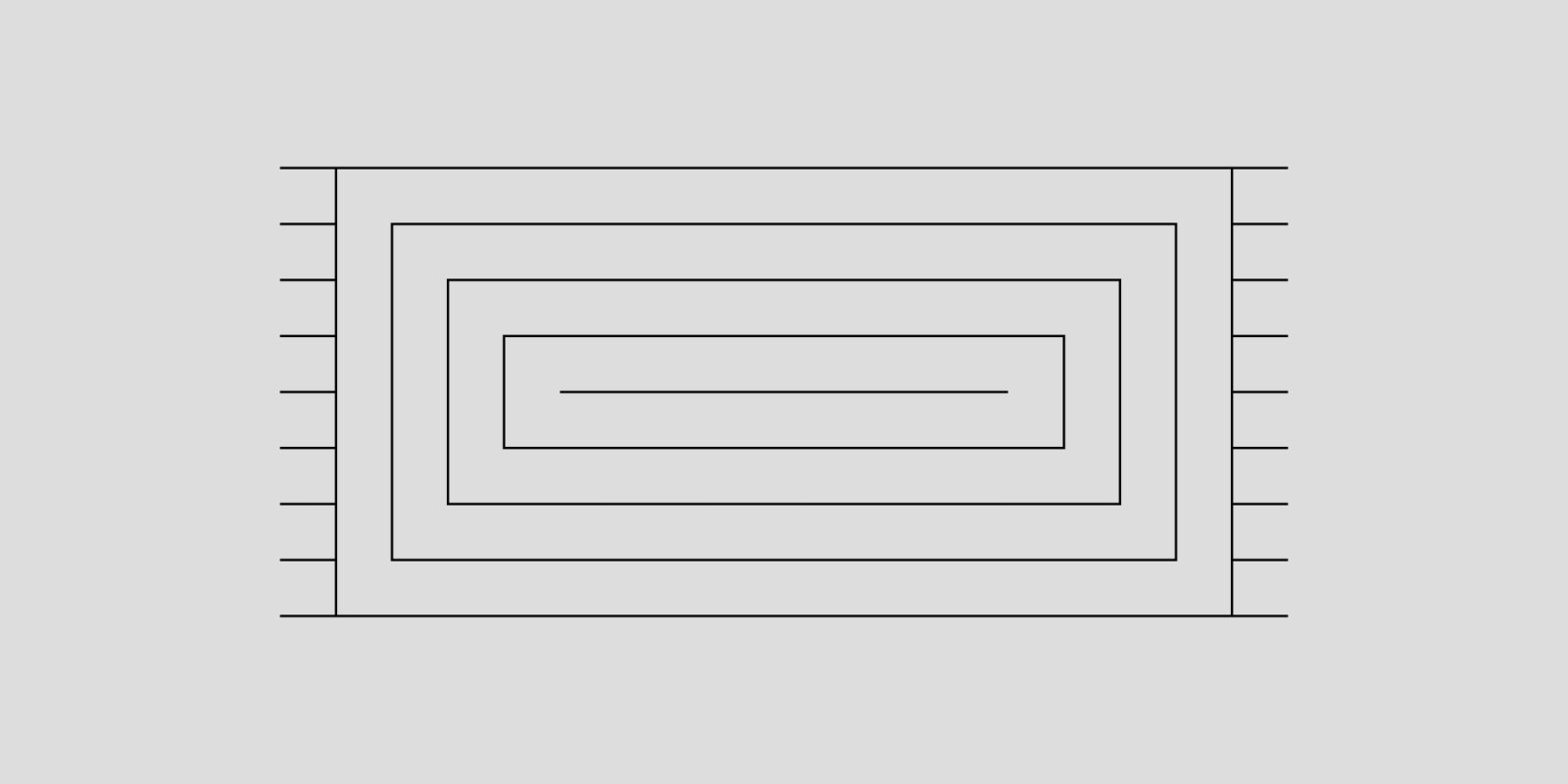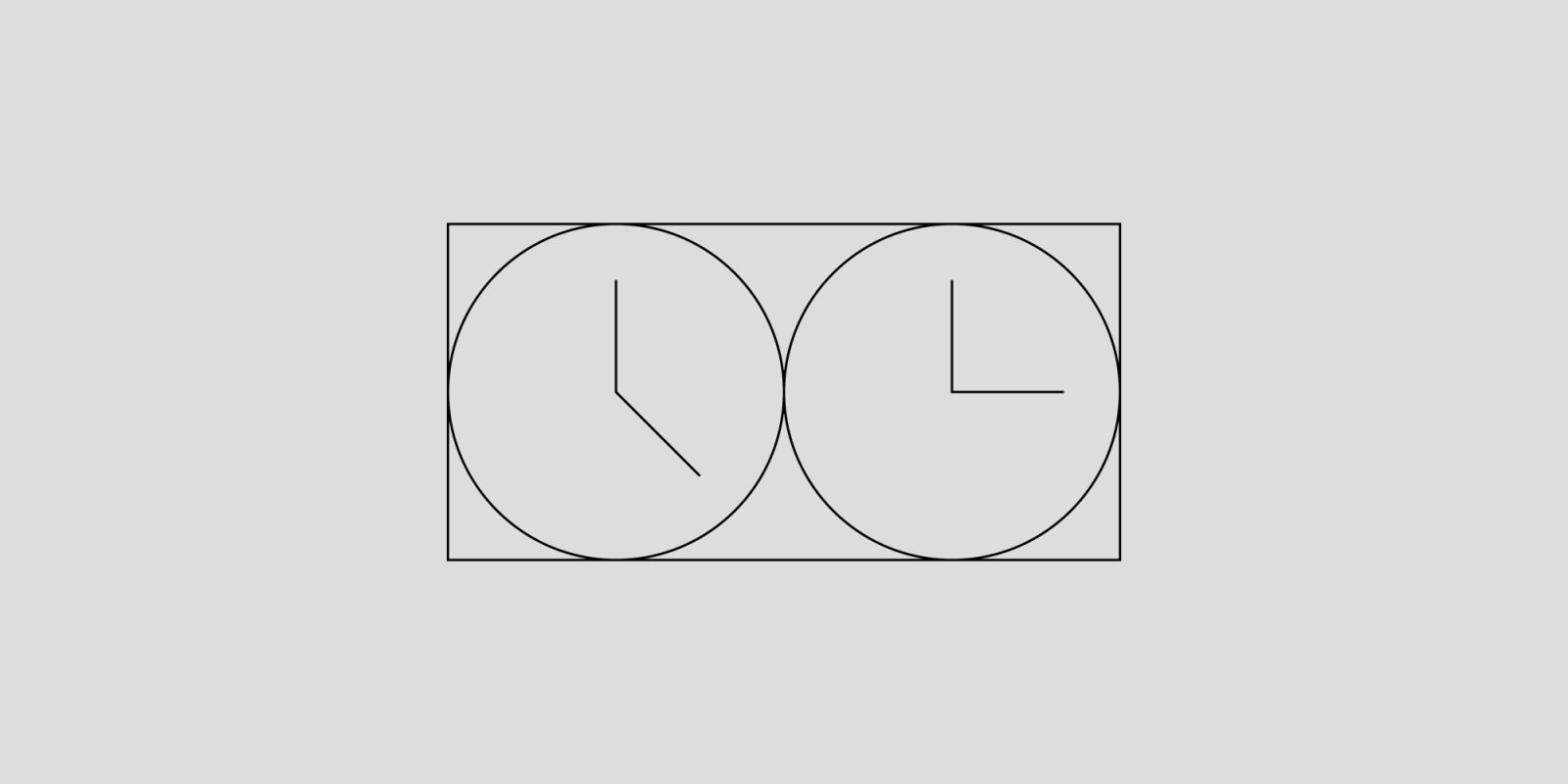A spatial prologue
3’
3’
“This is how space begins, with words only, signs traced on the blank page. To describe space: to name it, to trace it, like those portolano-makers who saturated the coastlines with the names of harbours, the names of capes, the names of inlets, until in the end the land was only separated from the sea by a continuous ribbon of text. Is the aleph, that place in Borges from which the entire world is visible simultaneously, anything other than an alphabet?”
– Georges Perec, Species of Spaces and Other Pieces
I
What will become a home, at first appears as a foreign environment that we enter with caution. Most commonly, we are ushered to a vacant apartment by an agent or an acquaintance as to a dim cinema hall full of illusions- a visit, highly timed, allowing only a few moments of contemplation. This brevity seems to particularly intensify our symbolic projection onto a cast of an indifferent space. Aware of the catch, we are forced to negotiate the pragmatism of the apartment viewing with the idealism of spatial identification.

II
As with strangers who will eventually become friends, it is difficult to discern the moment in which the abstract unfamiliarity begins to dissolve into singular characteristics. The protocol of intimacy resists steady chronology; it accelerates as it intensifies until it is no longer possible to recall the neutrality of a non-relation. The same goes for the spaces we are yet to inhabit. From the first cup placed on the window sill or the first charger plugged in, the anonymous topography of the interior will rapidly be explored, habits and emotional sediments will move in together with our inventories and schedules, rooms will be inscribed according to their purposes, and it will be almost impossible to recollect the instant in which the space was a true terra incognita.

III
The poetic capacity of inhabiting is often overlooked by the chaotic processes it implies. We rarely have the privilege of delaying the rush of activities, the flow of objects and people that will ensue once we have settled for an apartment. The weightless pleasure of being in a space that is yet to become is all too ephemeral. It is in this ephemerality where we are most free, most attentive to our desires, most imaginative. We own this interval of potential as we will probably never own the space itself.

IV
For now, the empty interior baffles us. Its only syntax being the light and the air, it visually challenges the chaos of the street and personal history. We enjoy this fragment of the geometrical puzzle that echoes our spatial phantasies of lightness. Absentminded, we inquire about the practicalities without ever hearing the answers coming from the other room. Drifting along the airy apartment, for a brief moment, we are oblivious to its true purpose. Our desire is indeterminate. Bare structure embodies the aporia of form and content to the extent that the two are indistinguishable. The volume of hollow space feels somehow inverted and externalized; its most hidden anatomy exposed, traces memorialized as in a piece of contemporary art. Perhaps, this is what interiors are after all- mnemonic objects, inhabitable images and monuments to suspended time.

***
In a very Borgesian sense, the new apartment encapsulates encounters with all our previous and future dwellings. It is the point that contains a certain absolute, a convergence of all other points from which we can see everything but our own habitual life. Moving in can only ever be a half-completed project. The dream we share with an architect and a child is not to inhabit an ideal house, a phantasy dwelling, but reversely to move into a blueprint, a model, an archetype.